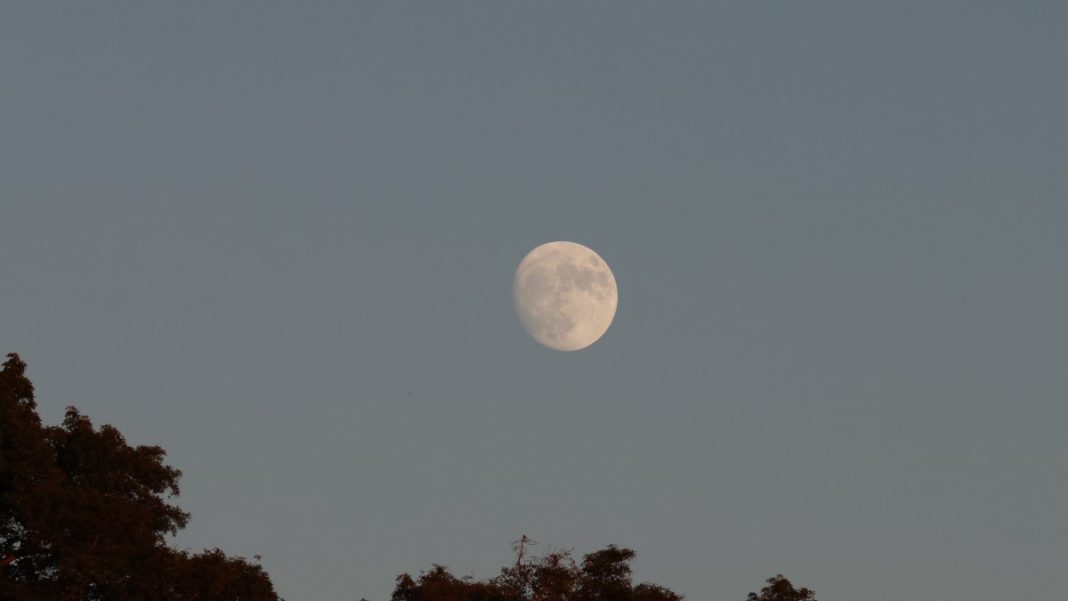CANADA: As the night of August 30 approaches, celestial enthusiasts and skywatchers are gearing up to witness a captivating cosmic event: the Super Blue Moon. While this phenomenon might sound extraordinary and rare, a closer look reveals the intriguing science behind the spectacle.
The term “supermoon” has become a buzzword in recent years, capturing the attention of mainstream media and sky enthusiasts alike. However, its origin lies not in astronomy but in astrology, coined by an astrologer who described it as a “full moon occurring near its closest approach to Earth.”
On August 30, at noon ET, the moon will indeed reach perigee, its closest point to Earth in its orbit, at a distance of 221,942 miles (357,181 km). Intriguingly, this full moon will be the second one in August, thus earning it the moniker “Blue Moon.”
Despite the name, the moon won’t appear blue, maintaining its customary yellow-white hue. The overlapping of a supermoon and a Blue Moon creates the whimsical term “Super Blue Moon.”
Yet, the frequent usage of the term “supermoon” might be watered down, as the moon approaching perigee is a regular occurrence, happening around once every 413 days on average. This blending of astronomical occurrences and branding has led to the labeling of multiple full moons as supermoons each year.
While expectations might be high, the apparent size difference between a supermoon and a regular full moon isn’t as noticeable as it might seem. Similarly, the increase in brightness is subtle, and the much-hyped “moon illusion” might play a role in making the moon appear larger, especially when it’s near the horizon.
Adding to the excitement, the planet Saturn is set to photobomb this celestial show, positioned about 5 and a half degrees above the moon on the night of August 30.
As with many celestial events, the anticipation often exceeds the actual visual impact. Nonetheless, the Super Blue Moon provides an excellent opportunity for both novice and experienced skywatchers to connect with the wonders of our universe.
Whether observing the larger-than-life moon or the distant Saturn, this cosmic display offers a chance to gaze upward and appreciate the grandeur of the cosmos. So mark your calendars and prepare for a night of celestial wonder on August 30.



